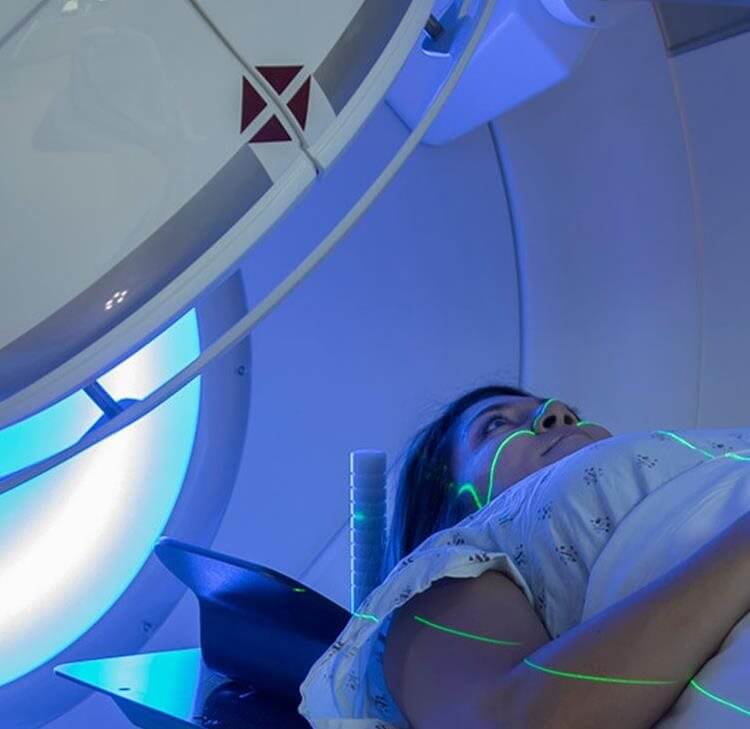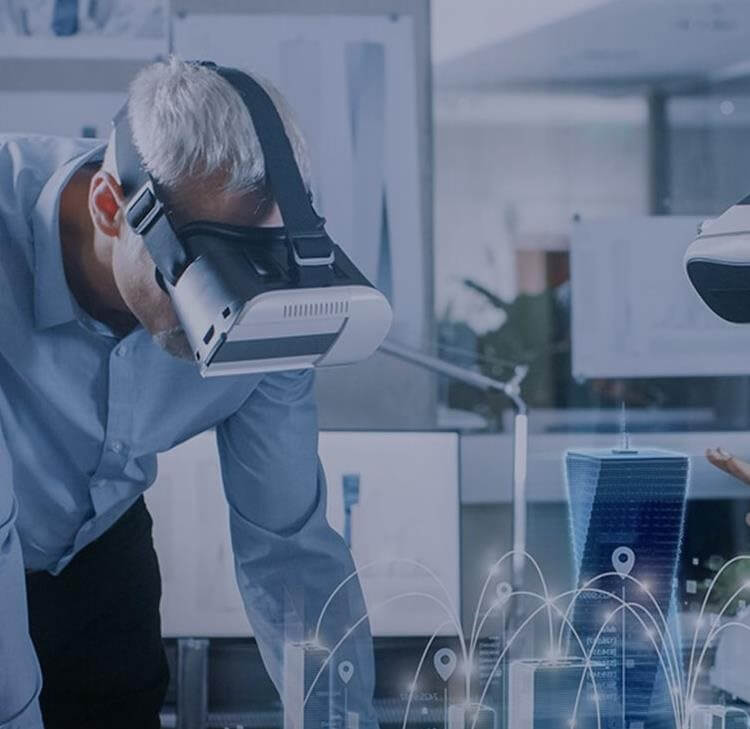Remote consultations: evolution or revolution?
The increasing use of remote consultation technology presents new challenges from both a practical and a legal standpoint - what should practitioners to consider?
For centuries, primary healthcare has been built on a foundation of doctor and patient together in a room discussing ailments and conducting physical examinations. Indeed, as recently as pre-March 2020 (the point at which Britain entered its first Covid-19 lockdown), even in an increasingly digitally connected world, only around 1% of consultations with primary care doctors and nurses per year were conducted online. As we all adapt to a different way of living, so too have we as patients changed the way we are engaging with our clinicians. Between March and July 2020, around half of the 102 million consultations carried out were by phone or video and one would expect that, even acknowledging that unique world events may have ‘spiked’ this increase due to ‘needs must’ basis, the post pandemic picture will see remote consultations playing a greater role in the provision of primary care going forwards.
We can be in no doubt that the pandemic has accelerated the learning curve across the sector, driven by an underlying motivation to increase efficiency and accessibility of healthcare. The increasing use of remote consultation technology presents new challenges for practitioners to understand and consider in the delivery of care from both a practical and a legal standpoint.
Things for practitioners to consider:
- two-way communications are integral to medical care and this should be a key characteristic of any tech solution utilised;
- remote consultations are not a replacement for physical examinations but rather another supplementary tool for low-risk sessions – high-risk patients will continue to require the face-to-face approach given the potential to miss visual cues and diagnosis in remote appointments and it would be expected that many follow-ups from a remote consultation would be in person;
- technology gives patients greater control of their treatment. Even so, there will still be a percentage of the patient-base who will not embrace remote consultations for a variety of reasons. These may include the preference for physical interaction as part of their routine or to avoid loneliness, the limitations of their personal technology and web connectivity and general scepticism of the effectiveness of such a session. Again, this is a reminder that remote consultations are a different solution that medical practitioners can draw on, not the only solution as such;
- the holding of an appointment remotely does not relax the standard of care required to perform regulated activities. Appointments should be assessed on a case-by-case basis whether holding the consultation remotely compromises the practitioner’s ability to meet such standards and, where that appears to be the case, revert to physical examination;
- if there is data that would be required to inform next steps, such as taking a patient’s temperature or blood pressure, a remote consultation would only go so far without patients having the appropriate ‘tools’ to accurately feed in such data, such as thermometers and blood pressure monitoring;
- make sure that adequate insurance cover is in place;
- the security of personal data should be assured at all stages of the process given the resulting increase in the transfer of sensitive personal data;
- it may be easy for a GP in a tight-knit community, or through regularity of appointments, to recognise many of their patients by face or voice but that will not always be the case – care should be taken to ascertain the valid identity of the patient and also that the surroundings of the patient are suitable for the sensitivity and confidentiality of the conversations to be had.
The real question of whether or not we are at the start of an evolution or revolution realistically depends on the buy-in from both clinician and patient and how we are measuring ‘success’. Remote consultations bring some very clear benefits (such as fewer patients filling waiting rooms, increased flexibility improving access during working hours and so on) that vindicate the investment of time and resource to establish a process that works for clinician and patient. It may be that now is the time, with the momentum generated by circumstance forcing providers to take the plunge, to harness further the efficiencies and opportunities that technology can bring. Let’s see what the future holds.
Related expertise
You may be interested in...
Opinion - Maternity services
University Hospital Leicester hold their inaugural Maternity Safety Conference
In Person Event
Navigating your way through high profile sensitive reviews and investigations
Opinion
Junior doctors vote unanimously in favour of strike action
Opinion
Can toilet facilities amount to sex discrimination?
Published Article
Digital Twin Technologies: key legal contractual considerations
Opinion
Consultation launched on minimum ambulance service levels during strike action
Opinion - Maternity services
Changes to redundancy protections for employees post-maternity leave
Legal Update - Shared Insights
Shared Insights: Coroners’ Question Time
Press Release - Careers
Browne Jacobson health lawyer wins major accolade at Made in Manchester Awards
Opinion
BMA issues medical locum rate card for junior doctors
Legal Update
Employee who refused to wear a face mask fairly dismissed
Opinion
New toolkit to support safer recruitment in the care sector
Legal Update
Green Leases for the NHS
Guide
Government response to the consultation on the Higher-Risk Buildings Regulations
Published Article
The first 100 days for Integrated Care Boards
Opinion
Menopause and the workplace
On-Demand
Future of Care - Retirement Living webinar
In Person Event
Independent Healthcare In-House Lawyers Forum
Opinion
Government introduces new “anti-striking laws” to be discussed in Parliament
Press Release - Maternity services
Father Christmas comes to University Hospital Coventry and Warwickshire care of Browne Jacobson’s Birmingham Office Community Action Group
Opinion - Maternity services
The Patient Safety Incident Response Framework (PSIRF) and its impact on maternity services
Legal Update - Shared Insights
Shared Insights: Looking ahead to 2023 – what Health and Care employers need to know
Opinion
Coroner’s refusal to issue a Prevention of Future Deaths Report following death in prison custody inquest was lawful
Article
Mental health, eating disorders and placement of young people
Legal Update
LPS consultation and ‘go live’ planning
Opinion
Consultation launched on plans to amend NHS pension rules to bolster NHS workforce
Legal Update
Getting ready to face Industrial Action
Legal Update - Shared Insights
Shared Insights: Prolonged disorders of consciousness
Published Article
How AI and technology can transform the healthcare sector
On-Demand
The UK's green agenda - the outcomes of COP27 and actions since COP26
On-Demand
Insights from the Chief Coroner by His Honour Judge Thomas Teague, KC
Opinion
BMA advises consultants not to accept less than the BMA minimum rate card for extra-contractual work
The BMA is advising all NHS / HSCNI consultants to ensure extra-contractual work is paid at the BMA minimum recommended rate and to decline offers of extra-contractual work that doesn't value them appropriately.
On-Demand
Leadership and lessons learnt during the Pandemic by Professor Jonathan Van-Tam
Published Article
Local authority duties: Up in the air
In ‘failure to remove’ claims, the claimant alleges abuse in the family home and asserts that the local authority should have known about the abuse and/or that they should have removed the claimant from the family home and into care earlier.
Legal Update - Shared Insights
Shared Insights: The Patient Safety Incident Response Framework
Guide - Maternity services
Mediation guide for Clinicians: What do you need to know and how do you need to prepare
Opinion
NHS England – Updated Transaction Guidance
NHS England has published (October 2022) new guidance - Assuring and supporting complex change: Statutory transactions, including mergers and acquisitions.
Opinion
NHS England – Assuring and supporting complex change
NHS England has issued an updated (publication 11 October 2022) suite of Complex Change guidance about how it will assure and support proposals for complex change that are reportable to it. New and (where it is still in force) existing Complex Change guidance are as follows.
Legal Update
The Retained EU Law
Created at the end of the Brexit transition period, Retained EU Law is a category of domestic law that consists of EU-derived legislation retained in our domestic legal framework by the European Union (Withdrawal) Act 2018. This was never intended to be a permanent arrangement as parliament promised to deal with retained EU law through the Retained EU Law (Revocation and Reform) Bill (the “Bill”).
Legal Update
Economic crime and cybercrime
It is clear that the digital landscape, often termed cyberspace, is a man-made environment, in which human behaviour dominates and where technology both influences and aids our role in it — through the internet, telecoms and networked computer systems, which are often interdependent. The extent to which any organisation is potentially vulnerable to cyber-attack depends on how well these elements are aligned.
























